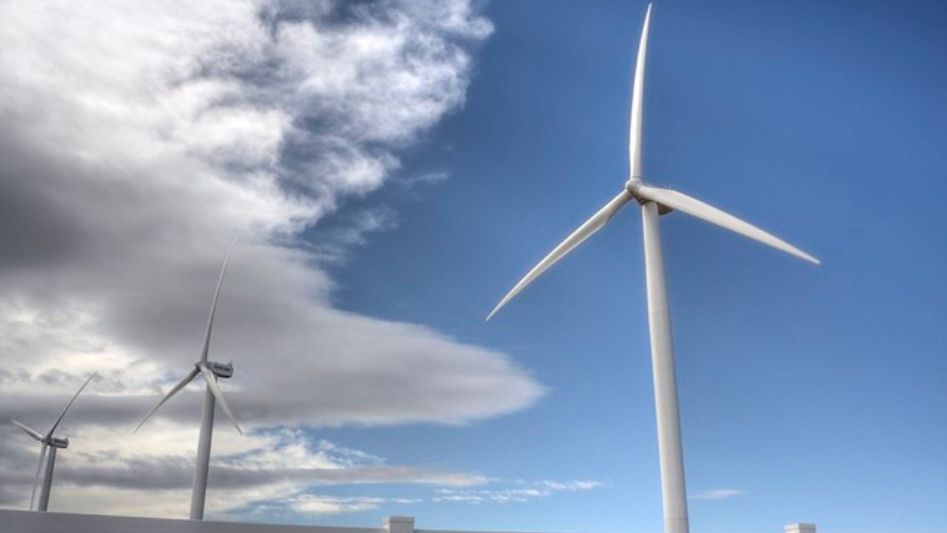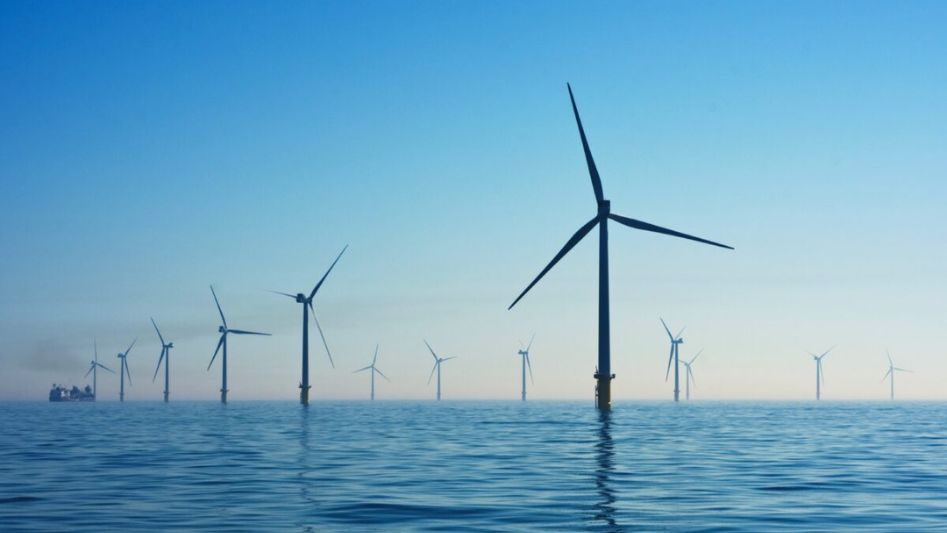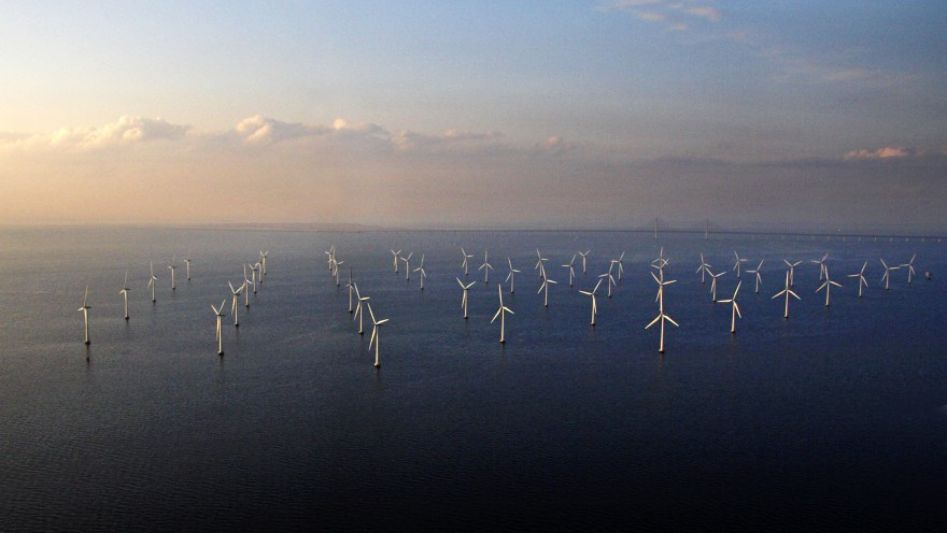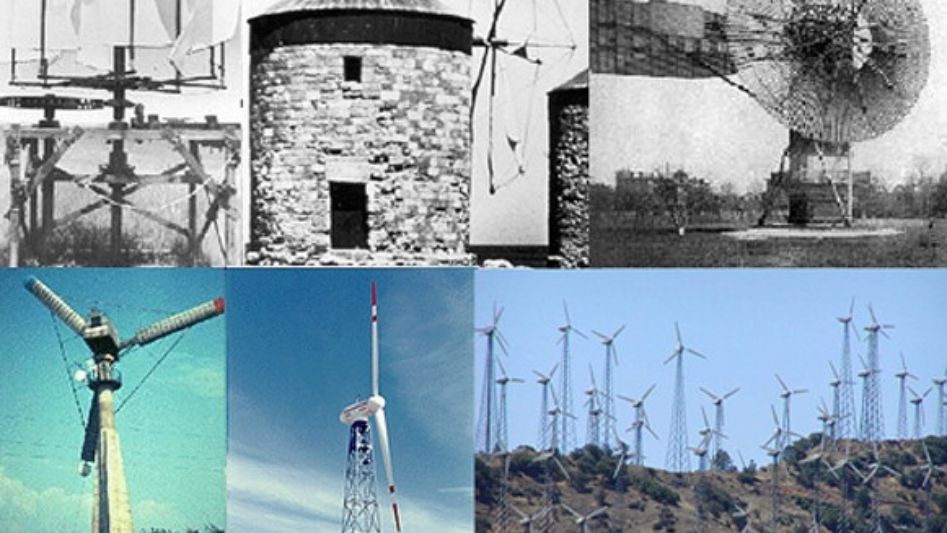Wind energy has long been harnessed as a source of power, dating back centuries to the use of windmills for milling grain and pumping water. In recent decades, wind turbine technology has undergone a remarkable transformation, evolving from simple mechanical devices to sophisticated, high-tech machines capable of generating substantial amounts of clean, renewable energy. This article explores the history of wind turbine technology, its current state, and the promising future developments in the field.
Table Of Content
We invite you to read: “Wind Turbine Technology: A Deep Dive into Blade Designs and Materials”

The Past: Early Windmills and Windpumps
Windmills in Ancient Times
The concept of harnessing wind energy dates back to ancient civilizations. The first known windmills were used in Persia (modern-day Iran) around 500-900 AD for grinding grain and pumping water. These early windmills consisted of vertical-axis structures with cloth sails or wooden blades.
European Windmills
Windmills made their way to Europe during the Middle Ages and became a familiar sight across the continent. These iconic structures featured horizontal-axis designs with wooden blades. They played a crucial role in various industries, including milling, agriculture, and water pumping. However, these windmills were relatively small and had limited energy production capabilities.
Windpumps
In the 19th century, windpumps emerged as a vital technology for drawing water from wells and providing irrigation in arid regions. These wind-driven pumps featured simple, yet effective, designs, often consisting of wooden blades connected to a mechanical pump.
The Present: Modern Wind Turbines
The Birth of Wind Power
The modern era of wind power began in the mid-20th century with the development of electricity-generating wind turbines. These turbines featured more advanced designs and materials, making them capable of producing electricity on a larger scale. The first grid-connected wind turbine was installed in 1941 in Vermont, USA, and had a capacity of 1.25 megawatts (MW).
Technological Advancements
Over the years, significant advancements in wind turbine technology have occurred. Key developments include:
- Increase in Size: Wind turbines have grown significantly in size, with modern turbines reaching heights of over 800 feet and rotor diameters exceeding 500 feet. Larger turbines capture more wind energy and generate higher electricity outputs.
- Improved Materials: The use of advanced materials, such as fiberglass and carbon composites, has made turbines lighter, more durable, and more efficient.
- Pitch and Yaw Control: Turbines now feature pitch and yaw control systems that optimize the angle of the blades and the direction of the rotor to maximize energy capture.
- Power Electronics: Advanced power electronics enable better control of the generated electricity, ensuring a stable supply to the grid.
- Offshore Wind Farms: Offshore wind farms have become increasingly common, harnessing strong and consistent ocean winds to produce electricity. These projects can generate gigawatts of clean energy.
We invite you to read: “The Future is Wind-Powered: Advancements in Wind Turbine Technology”

Current State
As of my last knowledge update in January 2022, wind power had become a major player in the global energy landscape. Wind turbines were producing electricity in countries around the world, with wind farms dotting landscapes and coastlines. Wind energy had matured into a reliable and cost-effective source of renewable power, capable of supplying electricity to millions of homes and businesses.
The Future: Innovations and Challenges
Next-Generation Wind Turbines
The future of wind turbine technology promises even more impressive developments:
- Higher Efficiency: Ongoing research aims to improve the efficiency of wind turbines, making them even more capable of converting wind energy into electricity.
- Energy Storage Integration: Integrating energy storage systems with wind farms will help mitigate the intermittent nature of wind power, providing a more stable energy supply.
- Advanced Blade Design: Innovative blade designs, inspired by natural structures like bird wings, are being explored to enhance turbine performance and reduce noise.
- Floating Wind Turbines: Floating wind turbines, deployed in deeper waters, offer access to more consistent and powerful winds, expanding the potential for offshore wind energy.
Challenges to Overcome
Despite the promising future of wind energy, some challenges persist:
- Intermittency: Wind power is intermittent, and energy storage solutions are needed to ensure a reliable electricity supply.
- Environmental Impact: The construction and operation of wind farms can have environmental impacts, including bird and bat collisions, noise, and habitat disruption. Ongoing research seeks to mitigate these effects.
- Grid Integration: Expanding wind energy requires improvements to electrical grids to handle the variable nature of renewable power sources.
We invite you to read: “The Advancements in Wind Turbine Technology: Innovations and Trends”

Conclusion
The evolution of wind turbine technology from ancient windmills to modern, high-tech turbines is a testament to human innovation and our commitment to sustainable energy sources. Wind power has made substantial strides, and the future holds even greater promise with next-generation turbines and improved integration into our energy systems. As we address the challenges associated with wind energy, it has the potential to play a pivotal role in reducing our dependence on fossil fuels and combating climate change.
FAQs
How have wind turbines evolved over time?
Wind turbines have evolved from ancient windmills to modern, high-efficiency machines, with ongoing advancements in size and design.
What is the current state of wind energy?
As of 2022, wind energy is a major source of renewable power, supplying electricity to millions of homes and businesses worldwide.
What are the future innovations in wind turbine technology?
Future innovations include higher efficiency, energy storage integration, advanced blade design, and floating wind turbines.
What challenges does wind energy face?
Challenges include intermittency, environmental impact, and the need for grid improvements to accommodate renewable power.
You May Also Like
- Wind Turbine Technology: Past, Present, and Future
- Wind Energy Unleashed: Unraveling the Technology Driving Wind Turbine Power
- Improving Wind Turbine Efficiency through Aerospace Technology
- The Best Floating Multi-Turbine Technology for Wind Farms
- Wind Turbine Innovation: Small-Scale Solutions with Big Impact

